In the ore beneficiation process, the properties of the ore are the core factors that determine the design of the beneficiation process. Adequate research and analysis of the ore will help design an efficient and economical ore beneficiation process. This article will discuss the four main influencing factors in the ore beneficiation process: the degree of mud and washability of the ore, the depletion rate of the ore, the particle size composition and metal distribution rate of the ore, and the embedding characteristics of useful minerals.
Use the table of contents below to navigate through the guide:
01Ore mudification degree and washability for ore beneficiation
The mudification degree of ore is an important factor in determining whether it can improve the beneficiation conditions through washing. Ores with high mud content and can be broken up by washing usually need to be washed before beneficiation. By studying the distribution of metals in the mud, it can be preliminarily determined whether the washed mud needs to be discarded or sent for further separation. For example, in some manganese oxide ores and limonite ores, the useful components are mainly concentrated in the non-mud part. Through washing, a relatively enriched coarse concentrate or even a qualified concentrate can be directly obtained.
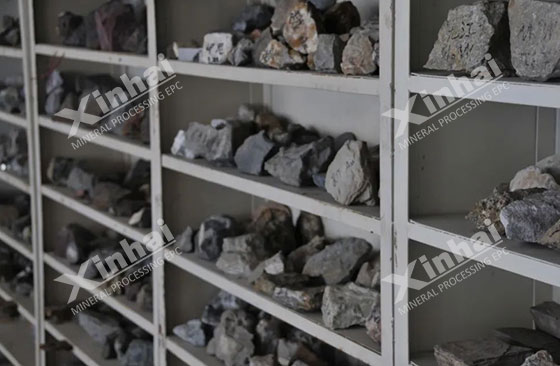
The benefits of ore washing are not only to remove mud and improve the conditions for subsequent crushing, grinding and separation, but also to avoid excessive crushing of mineral particles, thereby reducing the loss rate of metals in mud ore. In actual production, the process of "washing ore into the mill" and "mud and sand separation" is often used to improve the efficiency of re-selection. However, the disadvantage of mechanical ore washing is that it has a wear effect on the ore and may produce secondary ore mud. In contrast, manual ore washing can usually reduce 5% to 6% of ore mud, which is one of the reasons why laboratory tests are not completely consistent with industrial production indicators.
It is worth noting that the selectivity of ore depends not only on the content of ore slime, but more importantly on the properties of clay materials in the ore, such as plasticity, expansion and permeability. These properties determine that the washing efficiency is not only related to the intensity and time of scrubbing, but also to the pre-wetting time of the ore. For ores that are difficult to clean, the washing effect can be enhanced by adding reagents or even pre-drying. Therefore, the study of ore washability is particularly important in the design of the ore beneficiation process.
02Ore depletion rate for ore beneficiation
The ore depletion rate refers to the situation in which the ore grade is reduced due to the mixing of surrounding rocks or intercalated stones during the mining process. In order to reduce the cost of mineral processing and improve production capacity, for ores with a high depletion rate, it is usually necessary to pre-select them through heavy medium mineral processing, photoelectric mineral processing or hand selection. The purpose of pre-selection is to remove the waste rock mixed in during mining in the initial stage and reduce the processing volume of subsequent mineral processing.
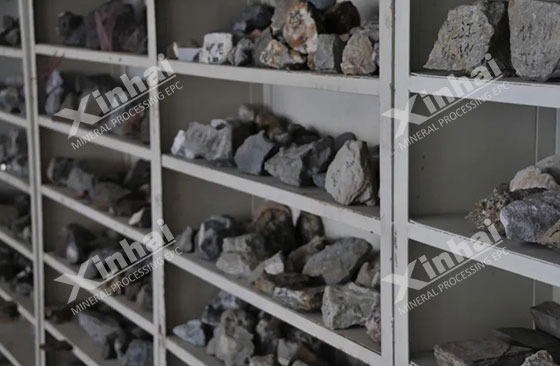
For example, when using heavy medium beneficiation for pre-selection, more than 20% of waste rock can usually be discarded, and the grade of waste rock is significantly lower than the grade of total tailings. If the grade of waste rock is higher than the grade of total tailings, the pre-selection effect is poor and may not be economically viable. For some ores, their geological grade may have reached the smelting requirements. If mining dilution leads to a decrease in ore grade, the main task of beneficiation is to remove waste rock and restore the geological grade. At this time, efficient gravity separation methods such as jigging can also be used as a means of selection.
For ores that mainly use flotation or magnetic separation to recover useful minerals, if the dilution rate is very high, it is also possible to consider using heavy medium beneficiation for pre-selection to improve the efficiency of subsequent selection.
03Ore particle size composition and metal distribution rate for ore beneficiation
The particle size composition of the ore and its metal distribution in different particle sizes are crucial to the design of the mineral processing process, especially for placer deposits. Most of the useful minerals in placer mines are often concentrated in the middle particle size level, while the useful components in coarse particles and fine mud are low. Therefore, washing and screening are often used to remove waste rock.
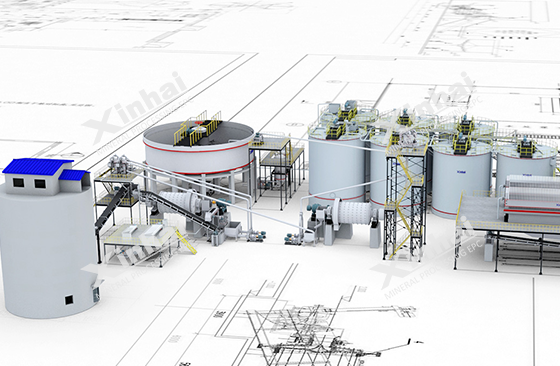
For the particle size composition of the ore, an important task in the selection process is to ensure that the useful minerals of each particle size are fully recovered. For example, through washing and classification, the finest ore mud can be discharged into the overflow, while the coarser ore mud can be sent for further selection. In addition, ores of different particle sizes have different adaptability to different selection methods, and the appropriate selection method should be selected according to the particle size and metal distribution rate.
04The embedding characteristics of useful minerals in the ore
The embedding characteristics of useful minerals in the ore determine the structure of the ore dressing process, the particle size of the selected material, the number of separation stages, and the treatment method of the intermediate ore. The embedding characteristics have a particularly significant impact on the re-selection process, because the re-selection efficiency decreases significantly with the decrease of the material particle size. For ores with uneven particle sizes, a staged separation process is usually adopted according to the principle of "collect as early as possible and discard as early as possible". This means that when the ore is sorted, the larger particle size is processed first, and then the fine particle size is gradually processed.
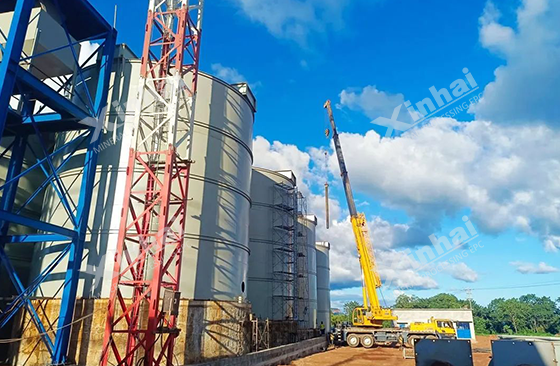
When deciding the number of selection stages, the principle of economic efficiency must also be considered. If the useful minerals are of high value and easy to be muddy, or the scale of the beneficiation plant is large, more selection stages are usually used; for low-value ores or smaller beneficiation plants, the process design should be simplified as much as possible.
The embedded particle size characteristics of the ore are usually determined by identification data under a microscope, but the monomer dissociation particle size and embedded particle size of the mineral are not always completely equal. Therefore, in order to more accurately determine the selected particle size, it is best to analyze the specific gravity of the ore at different crushing particle sizes. The specific gravity analysis can directly reveal the dissociation of minerals at different particle sizes, helping to optimize the crushing particle size and the selection process.
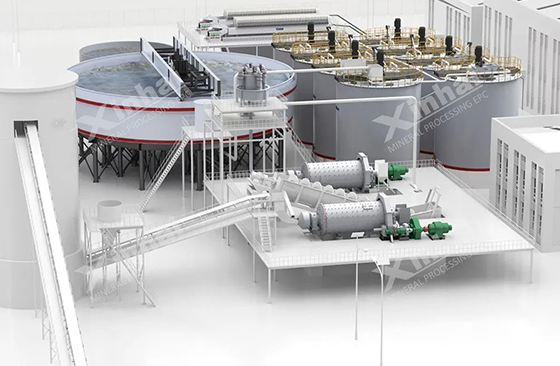
The design of ore selection process must start from the nature of the ore and comprehensively consider the ore's mud degree, depletion rate, particle size composition and the embedding characteristics of useful minerals. Through detailed research and analysis of these factors, the scientific and economical nature of the ore beneficiation process can be ensured, and the selection efficiency and production capacity can be improved. When designing the selection process, it is necessary to combine the specific characteristics of the ore and select appropriate selection methods and equipment to achieve the expected ore selection effect.


 marketing@ytxinhai.com
marketing@ytxinhai.com  0086 13810327080
0086 13810327080 






































































































 CHAT
CHAT MESSAGE
MESSAGE









